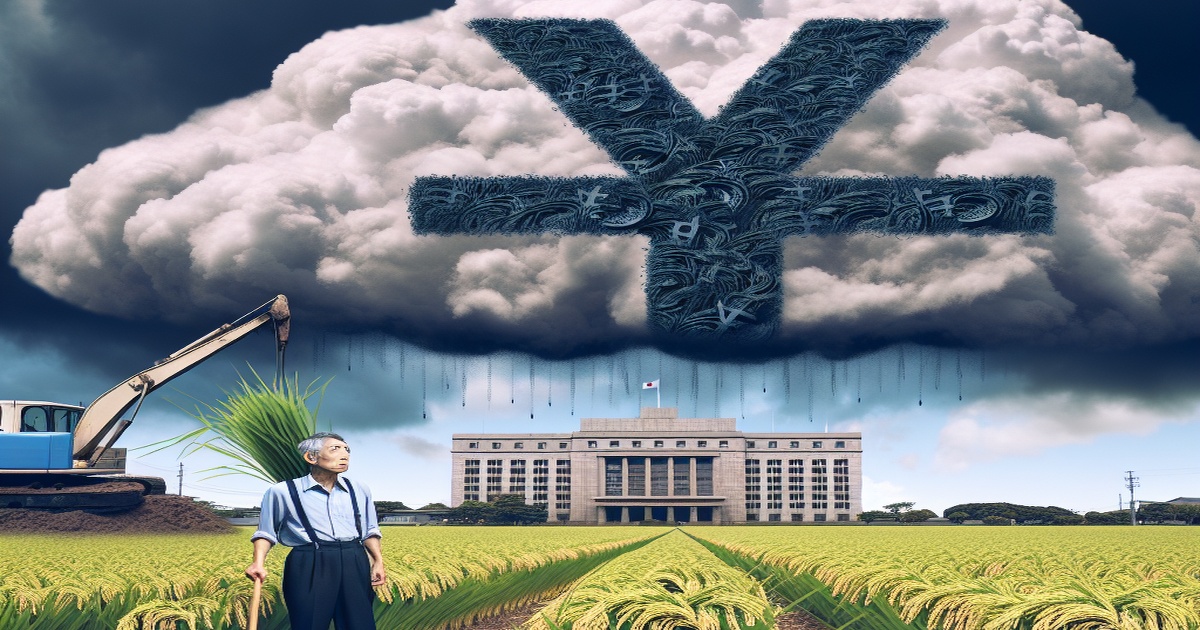Two months after the government initiated discretionary contracts with retailers to release rice stockpiles, uncertainty persists regarding future rice prices in Japan. Initially, average prices surged to over ¥4,200 for a five-kilogram pack. However, as the rice shortage eased, prices have decreased by approximately 20%.
The upcoming autumn harvest will introduce new rice to the market. Despite this, prices for brand-name rice remain elevated, raising questions about whether the downward trend in rice prices will continue.
At a supermarket in Tokyo, packs of domestically produced rice, sourced from 2022 government stockpiles, were priced at ¥1,990 before tax for a five-kilogram pack. A customer expressed satisfaction with the more affordable price.
The average retail price for a five-kilogram pack of rice reached ¥4,285 in May, more than double the price from the previous year. Following the commencement of government stockpile sales in June, the average price has fallen to just over ¥3,500 this month, representing the first decrease in about six months.
The 2025 harvest is projected to yield 560,000 tons more rice than the previous year. This increase is partly due to farmers shifting from other grain production to staple food production in response to rising rice prices. The increased production volume is expected to be the largest since 2004, with the total acreage of rice cultivation also reaching a five-year high.
The release of up to 810,000 tons of government-held rice through various channels could create a market surplus, potentially lowering prices. The government plans to repurchase an equivalent amount of rice once market conditions stabilize. However, the timing and volume of these repurchases pose a challenge.
Despite these measures, doubts remain about the future of rice prices. Local agricultural cooperatives have offered higher advanced payments to farmers. In key rice-producing regions, such as Niigata Prefecture, minimum advanced payments for Koshihikari rice have increased. Similar increases have been observed in the Kyushu region.
Restaurant operators and non-JA grain collection companies are also actively purchasing this year's harvest. The release of government stocks has lowered average prices, but brand-name rice prices remain high. Increased purchase prices by grain-collecting companies are likely to lead to higher retail prices. Furthermore, if this year's extremely hot weather impacts production volumes, rice prices could rise even further.
Experts predict that the competition to acquire the new harvest will continue, keeping prices high even after the new crop enters the market. It may take several years for rice prices to stabilize.







6 Comments
Manolo Noriega
Great to see the price coming down! Every little bit helps when it comes to groceries.
Fuerza
This whole situation is a mess. It feels like a carefully orchestrated plan to keep prices artificially high.
Manolo Noriega
Farmers are increasing production? That's good for the economy and food security overall.
Ongania
Glad to see they're releasing government stockpiles. That’s the right move to ease the shortage.
Fuerza
The fact that prices decreased, even when small and in a short time, is a sign of positive change.
Loubianka
The anticipation of a larger harvest is encouraging news. More rice, hopefully lower prices!